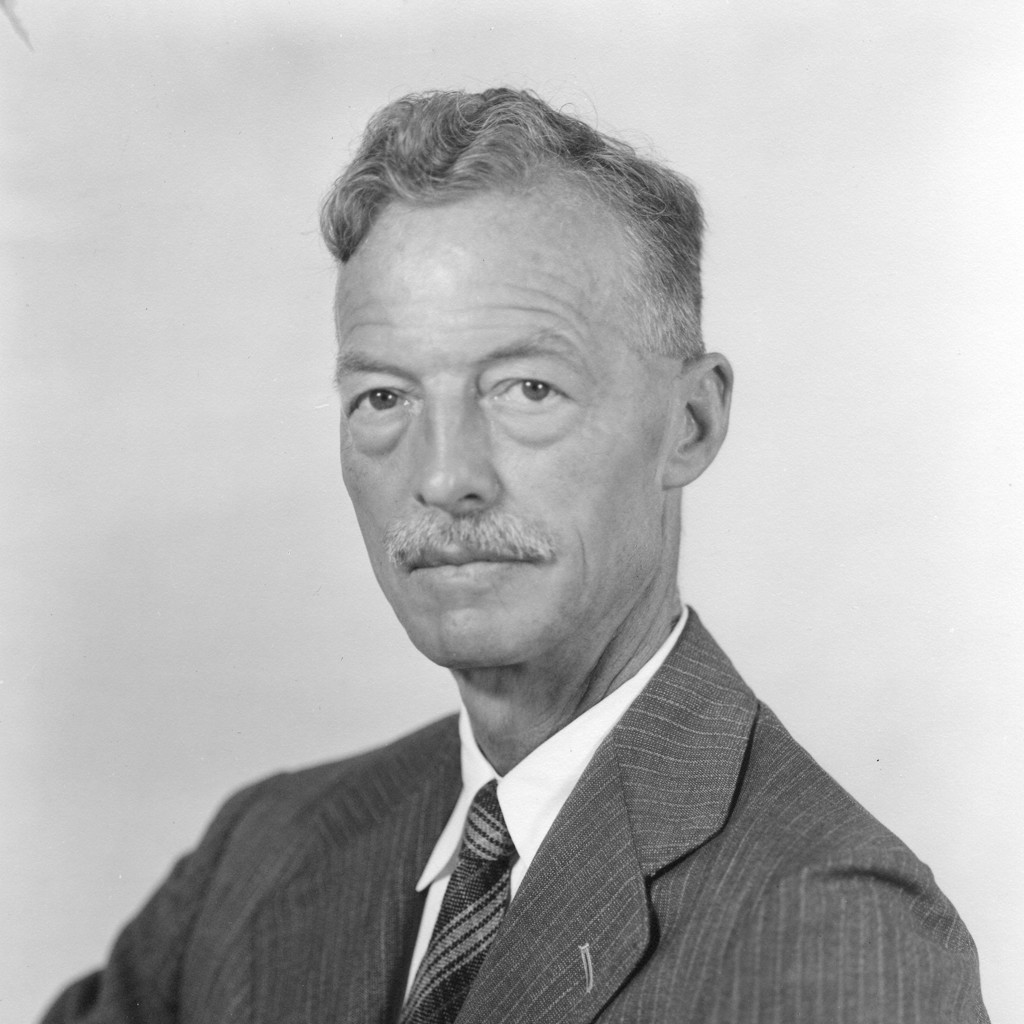Edward O. Hulburt
Edward O. Hulburt

Source: American Geophysical Union (AGU), courtesy AIP Emilio Segrè Visual Archives
Edward Olson Hulburt was born in Vermillion, South Dakota in 1890. He was an American geophysicist and is known for his discovery of the electrical properties of the ionosphere and the interaction between the sun and the earth’s atmosphere. In addition, he explored the time of day after sunset and before nighttime darkness known as the "blue hour." He and colleagues found the dark blue color is due to Chappuis absorption by the ozone layer, in contrast to the blue color in the day-time caused by Rayleigh scattering.
Hulburt spent more than 31 years working at the United States Naval Research Laboratory. He was the first director of the research institution in 1949, which he held until retiring in 1955. With others, he investigated the attenuation of radio signals and discovered the high electron density of the ionosphere in 1926 and assigned it its fundamental properties. Later, he and his collaborators also recognized the dependence of the electron density distribution on the position of the sun. Hulburt’s theoretical research on the solar influence on the ionosphere led him in 1938 to suppose that solar X-ray radiation is the cause of the ionization of the E-layer. With the help of V2 rockets captured at the end of the war in 1945, he discovered the solar X-rays and extreme ultraviolet radiation, which is the cause of the F-layer of the ionosphere.
In 1931 he published a work on the greenhouse effect, in which he developed a theory on the course of temperature with the height of the atmosphere. One of his most famous papers, Explanation of the Brightness and Color of the Sky, Especially the Twilight Sky, was published in 1953 in the Journal of the Optical Society of America. In 1955, OSA awarded him its highest honor, the Frederic Ives Medal. He was elected a Fellow in OSA's inaugural class of Fellows in 1959.
Hulburt died in 1982.
Document Created: 26 July 2023
Last Updated: 22 July 2025
